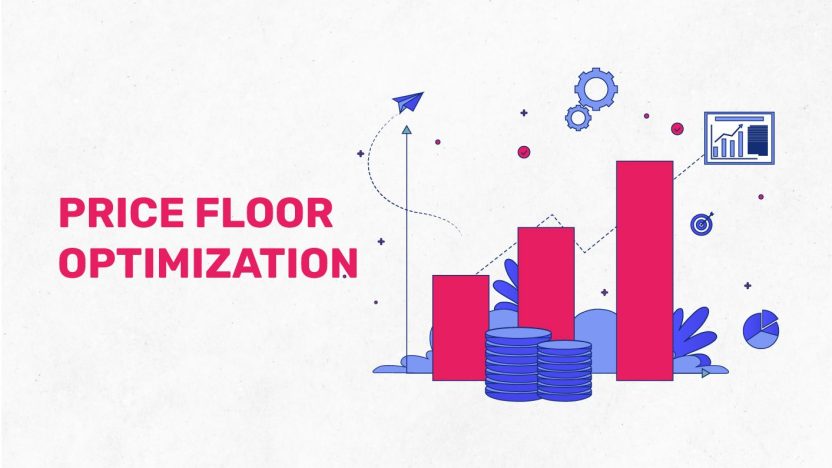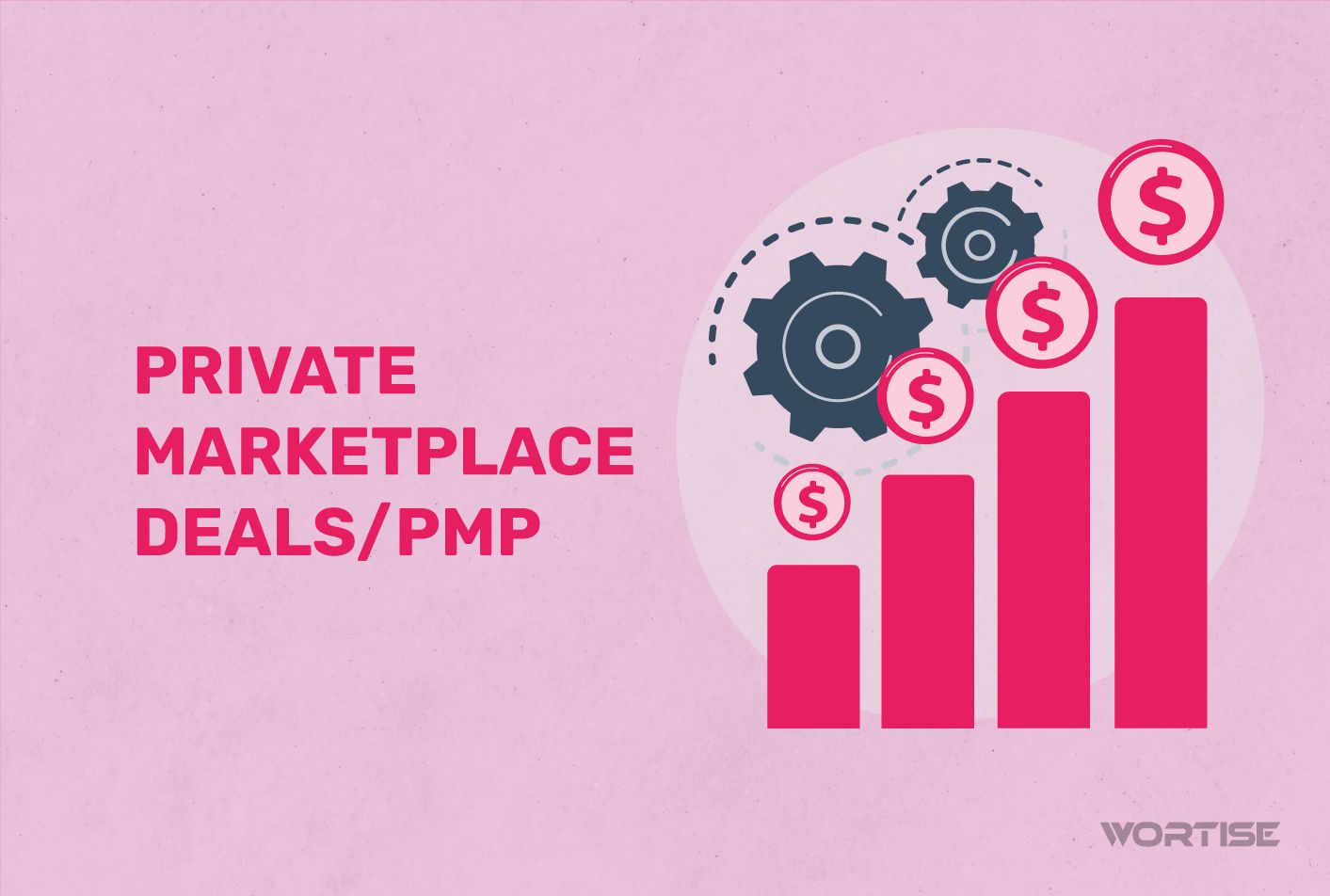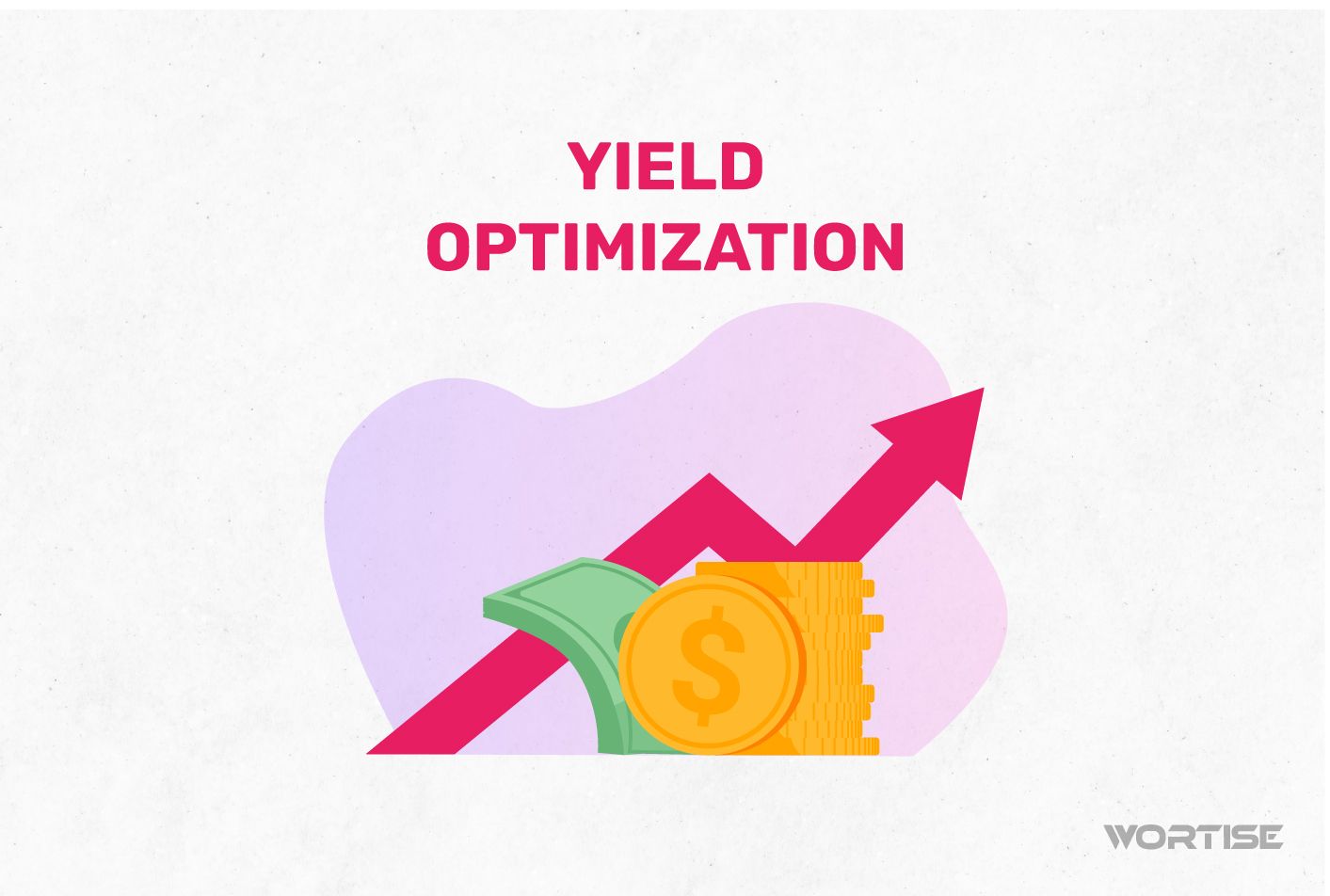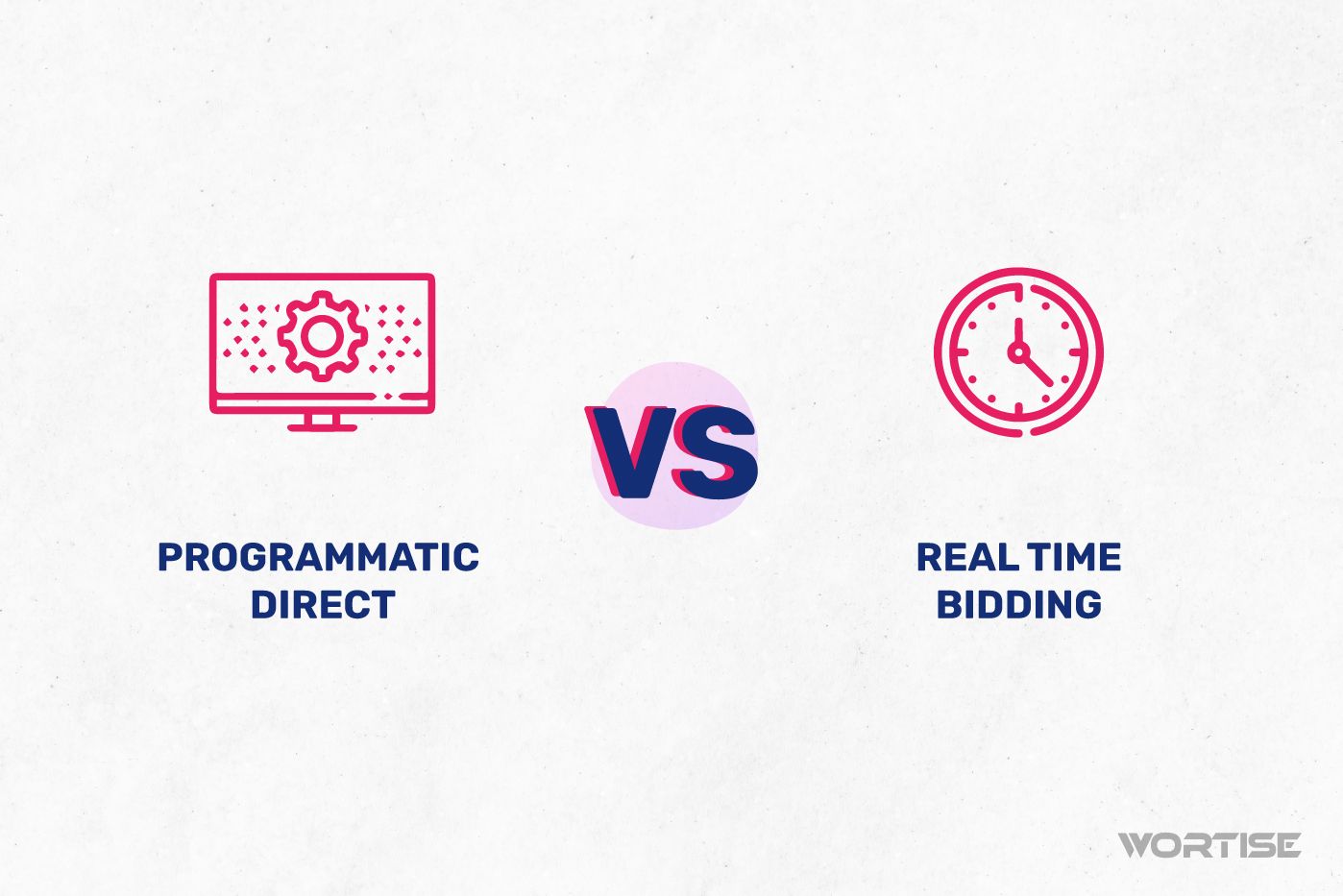En el mundo de la publicidad programática existe una pequeña línea que puede marcar el éxito o fracaso de un plan de monetización: el price floor optimization. Se trata de un mecanismo valioso para garantizar una competencia justa entre advertisers y publishers.
Hoy en día el price floor optimization debe ser un asunto prioritario para cualquier editor: es una forma de adaptarse a la realidad del mercado y ayudar a preservar el valor de su inventario, pues funciona como un mecanismo de filtrado para garantizar que se muestren anuncios alineados a los objetivos de cada publisher.
¿Cómo tener éxito con los precios mínimos establecidos para las impresiones publicitarias? De eso queremos hablarte en esta nota. Te compartimos algunos tips para filtrar anunciantes baratos y elevar tus ganancias. ¿Nos acompañas?
¿Qué es el price floor optimization y para qué funciona?
El price floor optimization es un término que hace referencia al valor mínimo establecido para publicar anuncios dentro de una plataforma de mediación. Se emplea como una estrategia para maximizar los ingresos por concepto de publicidad in-app.
A los editores les funciona para garantizar que su inventario se venda a un precio justo, es decir, que satisfaga sus expectativas y puedan tener una buena compensación monetaria. En el caso de los anunciantes, el price floor optimization les permite saber cuánto van a pagar por mostrar publicidad de su proyecto en una app o sitio web.
En pocas palabras, los precios mínimos optimizados tienen la función de maximizar el rendimiento para las impresiones publicitarias en una subasta programática.
¿Cómo funciona el price floor optimization?
La estrategia del precio mínimo optimizado necesita una herramienta para poder llevarse a cabo. Esa herramienta no es más que una Supply Side Platform (SSP), una plataforma que permite a los editores vender su inventario en tiempo real fijando precios mínimos.
En general, la táctica del price floor optimization se basa en el concepto de la subasta en tiempo real, también conocida como Real-Time Bidding (RTB). Es allí donde se considera el precio mínimo como el valor inicial.
Es decir, al implementar un precio mínimo, los publishers pueden tener el control sobre el valor mínimo y evaluar si están dispuestos a aceptar o no los anuncios en su espacio.
Por ejemplo, si como editor estableces un precio mínimo de 4$ por un espacio clave en tu inventario, tendrá éxito en la subasta solo si la oferta es de 4$ o más. Si es inferior a ese precio, es imposible que el anuncio se muestre. Recuerda que las subastas en tiempo real triunfan las mejores ofertas, tal como si se tratara de una subasta de arte en Londres o París.
Para resumir su funcionamiento, podemos decir que la estrategia del price floor optimization funciona así:
- Evaluación del inventario: el Supply Side Platform evalúa el inventario del editor y toma en cuenta el tipo de contenido, ubicación y métricas.
- Establecimiento de precios mínimo: tras aplicar la evaluación y tomar en cuenta los objetivos del publisher, se establecen precios mínimos para distintos segmentos del inventario.
- Subasta: los compradores interesados en mostrar anuncios en ese inventario participan en la subasta en tiempo real.
- Competencia de precios: aquí empieza la parte más interesante. Los compradores ofrecen precios superiores al precio mínimo establecido para sumarse a la subasta e intentar ganar.
- Ganador: al terminar la subasta se escoge al comprador que haya ofrecido el precio más alto y cumpla con los requisitos fijados por el editor. De esta manera, el anuncio comienza a ser mostrado a los usuarios.
Toma en cuenta que la experimentación y los análisis de rendimiento que saques de manera continua son determinantes para mejorar la estrategia y obtener los mejores resultados.
Ventajas de aplicar precios mínimos en tu app
El solo hecho de poner tu inventario a merced de una subasta en tiempo real es un hecho bastante favorable. Y es que la táctica del price floor optimization tiene una serie de ventajas que debes conocer si tienes en mente aplicarla:
- Mayores ingresos: ese ambiente de competencia por precios mínimos aumenta la competitividad y, en consecuencia, ayuda a maximizar los ingresos publicitarios de los editores. Es posible obtener el mejor precio posible por cada impresión publicitaria, elevando la factura del coste por cada mil impresiones (eCPM).
- Control sobre el inventario: tener la posibilidad de establecer precios mínimos es un acto de soberanía. Cada editor puede tener un mayor control sobre el valor de su inventario y evitar su devaluación.
- Optimización eficiente: los publishers pueden recopilar información importante sobre las subastas, precios de los anuncios y rendimiento. Esta optimización basada en datos ayuda a tomar decisiones informadas y ajustar los precios con frecuencia en función de los resultados obtenidos.
- Prestigio de la marca: al fijar precios mínimos, cada publisher se asegura de no dañar la reputación de su app al evitar mostrar anuncios irrelevantes o de baja calidad, los cuales suelen llegar con precios demasiado bajos. Recuerda: son precios optimizados, no precios regalados.
- Flexibilidad: otra ventaja imposible de obviar es la de poder ajustar los precios mínimos según las fluctuaciones del mercado, las temporadas o eventos relevantes que estén en curso. Así, cada editor podrá conseguir anunciantes baratos en muy corto tiempo, pero rentables.
8 mejores prácticas para filtrar anunciantes baratos
Según datos de Research And Markets, el mercado de la publicidad programática superará los 18 billones de dólares para 2026, una cifra impresionante si se toma en cuenta que en la actualidad la cifra ronda los 8 millones de dólares.
¿Por qué mencionamos esto? Solo para mostrarte el inmenso potencial que tiene la publicidad programática en esta era. Los anunciantes están a la orden del día, queda de tu parte aplicar las mejores estrategias de price floor optimization para darle un valor justo a tu inventario.
Sigue estos ocho consejos que te mostramos a continuación:
#1 Establece precios según la dinámica del mercado
Si hay algo que puede ayudarte a elevar el valor de cada impresión es no desviar tu mirada del mercado. Con base en la demanda que notes, toma la iniciativa de aumentar el precio de tu inventario para aprovechar las ofertas más jugosas.
Como la intención es que filtres anunciantes baratos, evita poner precios astronómicos a tu espacio publicitario en periodos de alta demanda. Recuerda que en las subastas en tiempo real lo que sobra es competencia y publishers como tú que quieren captar a advertisers con precios atractivos.
También es válido que bajes el precio de tus segmentos publicitarios si la demanda del mercado es floja, así te aseguras de atraer usuarios y de mantener tu inventario con una óptima tasa de relleno.
#2 Analiza datos históricos
De los errores y éxitos de los demás también se aprende. P
or eso, un consejo valioso es que examines el rendimiento pasado de los anunciantes y los datos disponibles, como por ejemplo tasas de clics (CTR), tasas de conversión e ingresos generados.
Todo esto te llevará a identificar a aquellos anunciantes que han proporcionado un bajo rendimiento y establecer precios mínimos más altos para ellos. Si no te resulta factible, puedes optar por excluirlos de tu inventario.
#3 Segmentación de anunciantes
Las tácticas genéricas y generalizadas no son tan efectivas en el mundo de la publicidad. Para que te anticipes a resultados desfavorables, puedes segmentar tu inventario por bloques y fijar precios mínimos para cada uno.
Con esto podrás tener diferentes precios mínimos para cada segmento, lo que te permite asignar precios más altos a los anunciantes más top y reducir la exposición a los anunciantes de menor calidad.
#4 Aplicar optimizaciones basadas en rendimiento
Una SSP de calidad debe proporcionar métricas de rendimiento para que cada publisher ajuste sus estrategias con un fundamento sólido. Aprovecha esta función para establecer precios mínimos más altos para los advertisers que han mostrado un bajo rendimiento en términos de CTR, tasas de conversión u otros indicadores de calidad (KPI) de interés.
¿Por qué hacer esto? Básicamente, esta acción ayudará a filtrar a los anunciantes menos efectivos y a atraer a aquellos que tienen un rendimiento más alto. Además, podrás identificar tendencias y patrones de consumo, lo que sin duda te servirá para ajustar tu estrategia y tener mayor éxito.
#5 Evaluación y pruebas de calidad
Un error que se suele cometer mucho es definir una sola táctica de precio mínimo. Este acto de exceso de confianza no es muy recomendable si tu intención es filtrar anunciantes baratos que te dejen un buen margen de ganancias.
Lo mejor que puedes hacer es probar con diferentes estrategias, aprender de los resultados que arroje cada una y quedarte con aquellas que realmente sean efectivas. Que cada ajuste que hagas vaya en función de los resultados obtenidos y fortalezca la optimización de tus estrategias de filtrado.
#6 Frecuencia de los anuncios
Cuando un usuario ve muchas veces el mismo anuncio en lapsos cortos, puede que termine teniendo una mala experiencia con la app y opte por dejarla de usar. Por ello, es de importancia que consideres la frecuencia con la que un anunciante muestra sus publicidades en tu inventario.
Si el anunciante satura a tu audiencia con anuncios repetitivos, opta por establecer precios mínimos más altos para evitar que esto suceda. Es probable que el advertiser opte por acudir a otro inventario.
Hay SSP que ayudan a regularizar la frecuencia de los anuncios repetitivos.
#7 Colabora con anunciantes de alto valor
Si una marca de prestigio o una startup con buena aceptación mediática en tu país muestra sus anuncios en tu app, procura sacarle brillo a esta relación. Promueve asociaciones estratégicas y crea ofertas personalizadas.
Esto no solo hace que tengas anunciantes confiables, sino que puedes elevar tus métricas de visibilidad y establecer precios mínimos más altos a futuros advertisers que se identifiquen con tu inventario.
#8 Prioriza los anuncios de calidad
Hay cientos de anuncios de baja calidad o con contenido engañoso. Si te tomas en serio la estrategia de price floor optimization, podrás evitar que estas publicidades empeñen el buen trabajo que vienes haciendo en tu app.
Incluso, si hay una publicidad en marcha que está generando una experiencia del usuario negativa, evalúa cuánto te deja de dinero y toma la decisión de sacarla de circulación. Si usas una buena plataforma de mediación, esto no será un problema.
Entonces, ¿es conveniente aplicar una estrategia de precio mínimo?
De donde lo mires, sabes que se trata de una idea acertada. Es una forma de ponerle freno a los anuncios que dejan poca ganancia y darle paso a aquellos que sí suman en términos monetarios y de reputación.
Además, es vital para comprender cómo se maneja el mundo de la publicidad programatica y las ofertas en tiempo real, siendo un aliado clave para aplicar estrategias adecuadas que permitan optimizar el valor de tu inventario.
Cerramos con esta reflexión: el price floor optimization es el mecanismo que tienes a la mano para evitar que tu inventario se devalúe. ¡Solo tú puedes establecer cuánto quieres ganar y cómo quieres hacerlo!
Filtra anunciantes baratos y saca el doble de eCPM que en Google AdMob. En Wortise te ayudamos a monetizar más
¡Hola, Publisher! Si buscas una ad mediation que te ayude a obtener altas tasas de llenado en tu inventario, no dudes en integrar el SDK de Wortise, una ad mediation creada por publishers para publishers.
En Wortise te ayudamos a incrementar tus ingresos como editor con nuestra plataforma de redes de anuncios avanzada con más de 100 Ad Networks.
Brindamos soporte personalizado, el eCPM más alto del mercado y acompañamiento con tácticas para maximizar tus ganancias.




